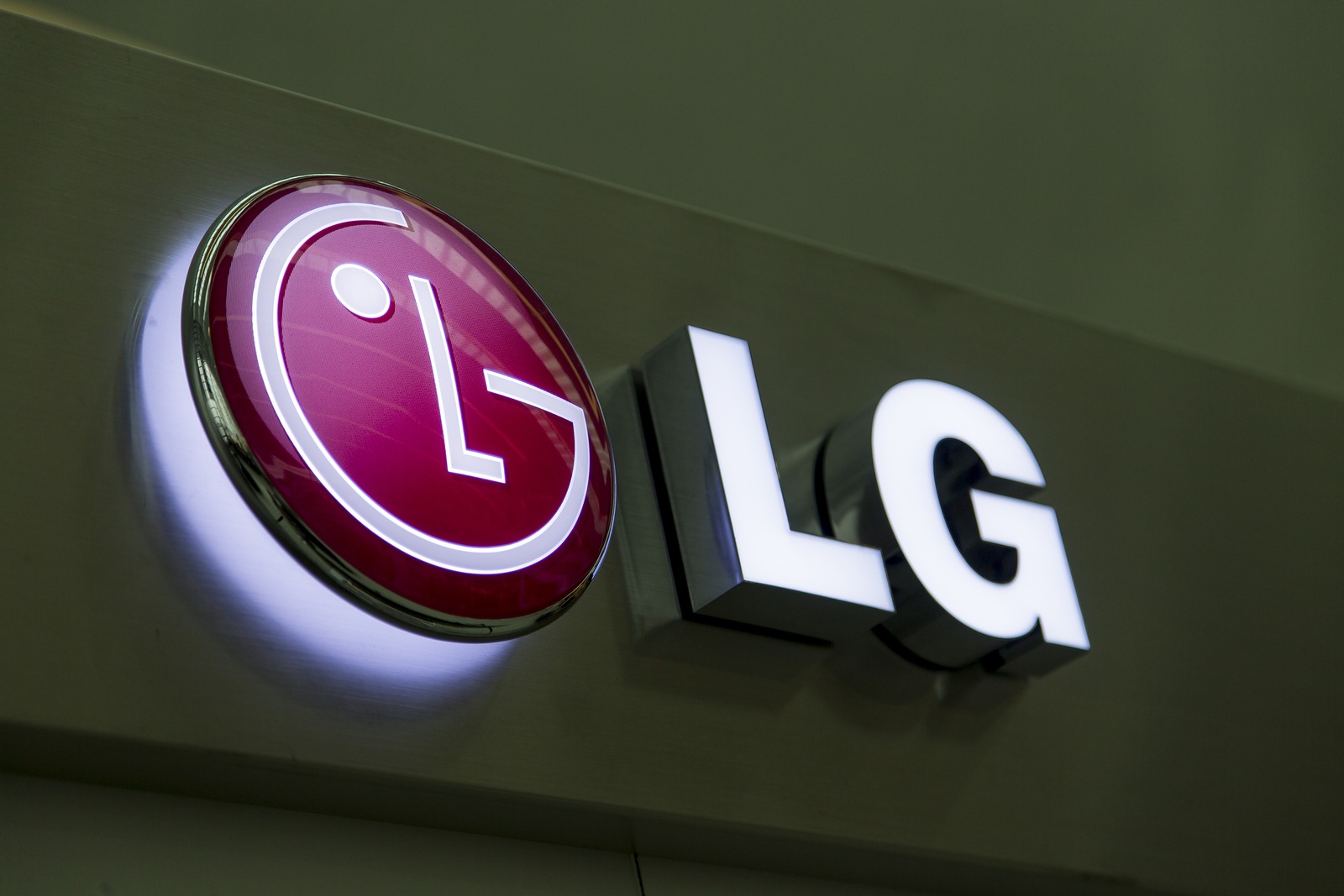Apple was recently granted a patent that covers Touch ID 2.0. Now it is clear – the new fingerprint sensor under the display is already in use.
Apple patents are always exciting - even if they sometimes sound complicated. But patents are the best way to find out what we can expect from Apple in the future. Today's patent is particularly important - it deals with a technology that has been discussed in the iWorld for years - Touch ID under the display. Previous patents have already confirmed Apple's work in this direction - and rumors that the technology will soon be included in the iPhone are also omnipresent. But what if Apple is already using the technology? Let's take a look at the new MacBook Pro 16" - the latest patent in the area of Touch ID 2.0 describes exactly this technology that is used in the new MacBook Pro. The patent description states:
An optical image sensor is placed in the housing below the display. The optical image sensor captures biometric image data associated with a user, such as data representing a biometric image of the fingerprint patterns of the user's finger. The controller may perform an authentication function, for example by matching the captured biometric image data with the stored biometric templates in memory. The controller may perform and/or limit the functionality of the electronic device based on the authentication.
Touch ID 2.0 is ready for the market
Previous Touch ID devices used a capacitive sensor to read fingerprints. However, the new MacBook Pro 16″ has an optical image sensor, as has now been announced. This technology is necessary for Touch ID under the display. This means that the new MacBook Pro 16″ proves that Apple has already met all the requirements to develop an iPhone with a fingerprint sensor under the display. Accordingly, we can pay even more attention to rumors about an iPhone with Touch ID 2.0 than before. Normally, patents should be treated with caution, as many ideas are often never fully implemented - but in this case, the technology has reached the necessary market maturity. (Photo by Rost-9 / Bigstockphoto)





